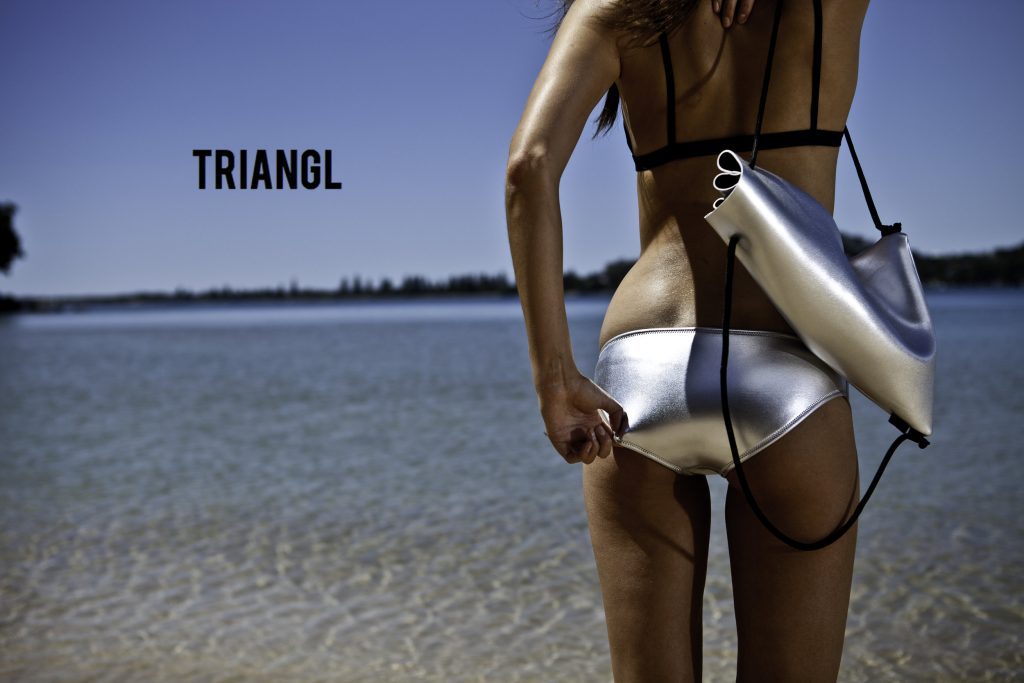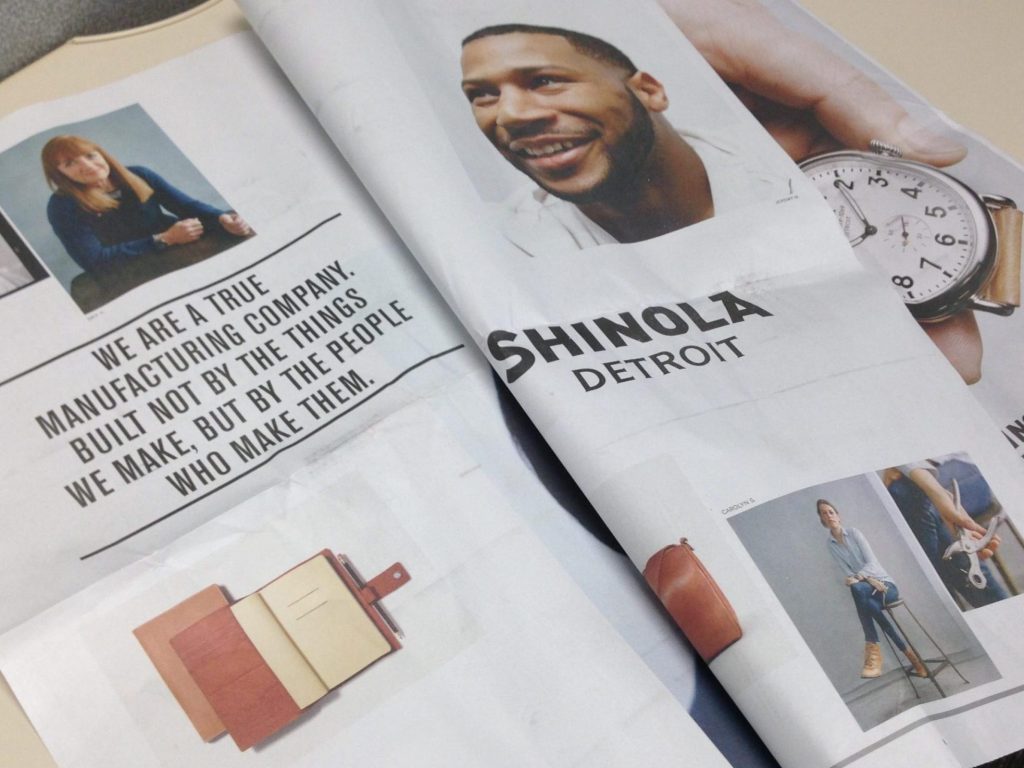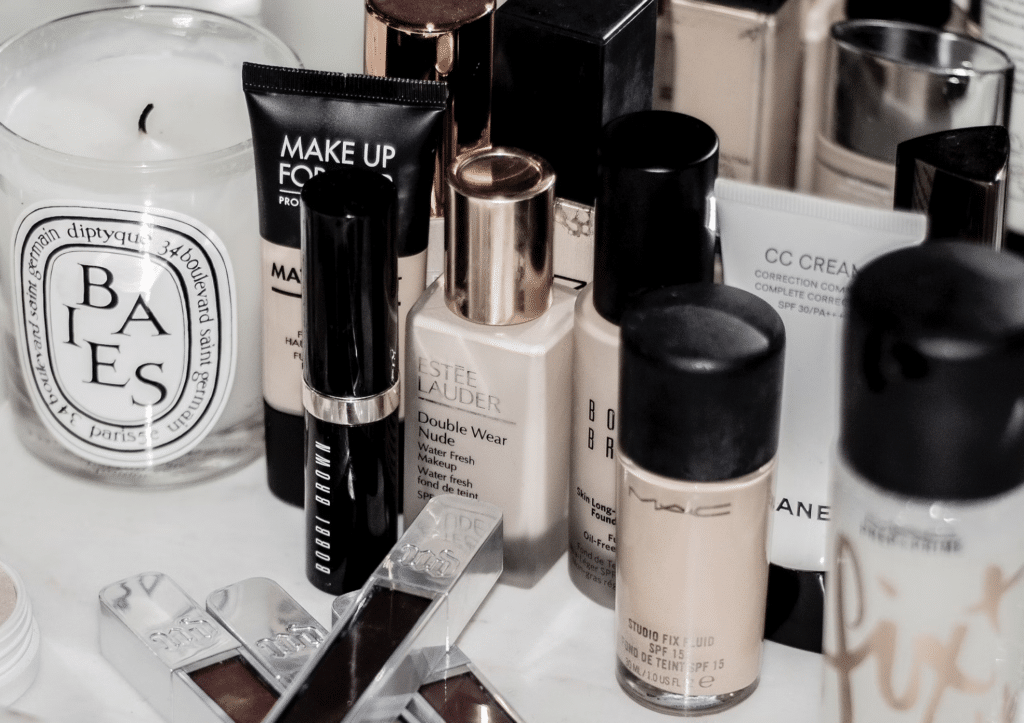From Hermès’ uber-famous “Birkin” and “Kelly” bags to Gucci’s “Dionysus” and Mulberry’s “Bayswater,” style names are widely used as a valuable tool that fashion brand-owners deploy to distinguish their different product offerings and styles within a collection. However, when a particular product style takes off, in some cases achieving cult-like status, the style name for a product, alone, can be so distinctive that it is capable of distinguishing the product as originating from a particular brand. So, when consumers hear “Speedy” in connection with handbags, many think of Louis Vuitton, just as many think of Valentino when they hear about “Rockstud” bags (and so on).
With the foregoing in mind, how can brand owners protect style names (such valuable consumer recognition elements), and what are the legal risks involved with using them?
It is up to brand owners to engage in trademark clearance searches for any style names they want to use, to ensure that they are not trademarks owned by a third party, and thus, that they may give rise to issues of infringement. Provided that such searches come back clear, brand owners stand to gain trademark rights in style names simply by using them as trademarks (depending on the jurisdiction, of course) and can consider seeking trademark registrations in the case of particularly distinctive style names for hot-selling or staple products, as many brands have, in fact, done in the past and continue to do.
In many cases, this will not be practical or feasible, such as when fashion brands cycle through hundreds of styles – and thus, hundreds of style names – every season and/or when the company at issue is a start-up or a smaller brand without the necessary funding for the legal costs involved with filing different trademark applications for many marks. In such cases, brands are, nonetheless, encouraged to consider the risks involved with using certain style names, and put practices in place to help minimize those risks while maximizing the benefits of the use of any distinctive style names.
Using names that are trademarks
In the United Kingdom and in the European Union, trademark owners can oppose the use of a sign that is identical to another’s trademark for use on goods that are identical with those for which the trademark is registered only if the allegedly infringing use is likely to negatively impact one of the functions of the trade mark, namely, its ability to act as an indicator of origin. Whether a style name is capable of acting as an indicator of origin is a question of fact that is likely to lead to some debate.
A style name-specific issue arose in an Australian trademark infringement case, in which swimwear company Triangl was sued for using womenswear brand Pinnacle’s registered trademark “DELPHINE” as a style name for one of its popular bikini styles. In response to Pinnacle’s trademark infringement complaint, Triangl argued that its use of “DELPHINE” as a style name did not amount to “use as a trademark” as it was not being used to distinguish Triangl’s goods from those of another trader; Triangl argued that its house trademark, “TRIANGL,” was used for that purpose instead.
Triangl submitted evidence that supported this view, namely that there is a widespread practice in the women’s fashion industry in Australia of using women’s names as style names in relation to women’s fashion garments, and that as a result, consumers were used to this, making it unlikely that they would perceive its use of the name DELPHINE as origin-indicating. And the Court agreed.
Therefore, in a market where the style names that are used are often similar to those used by other brands, and the products are offered for sale by reference to a dominant brand, the risk may well be reduced. However, the context in which a particular style name is used is critical. The Court in Pinnacle provided guidelines as to how to minimize the risk of trademark infringement when using style names. Among some of the takeaways in this respect are …
(1) The style name should always be deemphasized in comparison to the brand’s trademark, e.g. in its positioning, font size, color and shading;
(2) In the context of a website, it is important to consider where style names are located in a user’s navigation journey;
(3) Style names should not have a separate logo, website or dedicated social media in order to prevent them from being construed as sub-brands;
(4) Where possible, avoid printing or stitching the style name on the product itself (e.g. on the fabric);
(5) The less styles that are used by a brand, and the more consistently those styles are used over time (e.g. three or four styles, used season-upon-season), the more likely that the names will be considered sub-brands rather than style names; and
(6) The fact that a choice of style name is unusual or unique does not, by itself, mean that the style name is likely to be construed as a trademark. It depends on the overall context.
Descriptive style names
Another recent case involved the use of “shade names” in beauty products. In this case, which was initially filed in a federal court in Florida, Anastasia Beverly Hills was sued by Hard Candy – another beauty brand, which holds a registered trademark for HARD CANDY – for its use of the words “Hard Candy” as a shade name, to refer to a particular shade of eyeshadow in an eyeshadow palette. This case largely centered on the issue of whether brand owners can use style names that are descriptive of a certain product, even if the description is non-literal.
In a decision in July 2019, the U.S. Court of Appeals for the Eleventh Circuit held that Anastasia Beverly Hills had successfully made a descriptive fair use argument in connection with its use of the mark, and had not used the term “hard candy” in a trademark sense (i.e. as an indicator of origin). Instead, Anastasia argued that it selected the “hard candy” name because “the product had a shimmer that reminded [founder Anastasia Soare] of candies that her grandmother gave her when she was young.” As such, the name was being used “in a descriptive sense because ‘it was used to describe the sheen’ of the makeup shade that the term labelled.”
Additionally, the court found that there was no likelihood of confusion, due to the manner in which the sign was used.
In support of its arguments, Anastasia “introduced evidence that cosmetics companies regularly describe shades with words that are not literal color descriptions, like the other three shades in the kit named ‘Starburst,’ ‘Mimosa,’ and ‘Crushed Pearl,’” and thus, Hard Candy was barred from “preventing others from accurately describing a characteristic of their goods.”
This case again demonstrates how context is key when it comes to the use of style names, and how even non-literal descriptions, if customary, may be more likely to be considered a reference to a shade or style, rather than use in a trademark sense (and can, thus, pose less risk).
Bryony Gold is an associate in Bird & Bird’s market-leading Intellectual Property Group in London.













